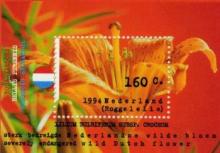Gilles-Éric Séralini a contesté le retrait de son étude controversée sur les effets d'OGM consommés par des rats par la revue scientifique qui l'avait publiée
Le chercheur français Gilles-Éric Séralini a contesté jeudi le retrait de son étude controversée sur les effets d'OGM consommés par des rats, parue en septembre 2012, par la revue scientifique qui l'avait publiée. "Nous refusons le retrait de l'article", a affirmé le scientifique au cours d'une conférence de presse à Bruxelles. Le chercheur a dénoncé "des pressions insupportables" et souligné que l'éditeur de la revue Food and Chemical Toxicology (groupe Elsevier) n'avait relevé "ni fraude, ni mauvaise interprétation des données" dans son étude. "Les résultats présentés, s'ils ne sont pas incorrects, ne permettent pas de conclure", a estimé le responsable éditorial de Food and Chemical Toxicology dans un courrier adressé à Gilles-Éric Séralini, daté du 19 novembre. En conséquence, l'article a été retiré de la revue. "Nous maintenons nos conclusions", a répondu Gilles-Éric Séralini, dans une réponse adressée à la revue, dont un groupe de scientifiques avait évalué l'étude avant sa publication, conformément aux règles habituelles. Le scientifique a relié cette décision de retrait à "l'arrivée dans le comité éditorial de la revue de Richard Goodman, un biologiste qui a travaillé plusieurs années chez Monsanto".









